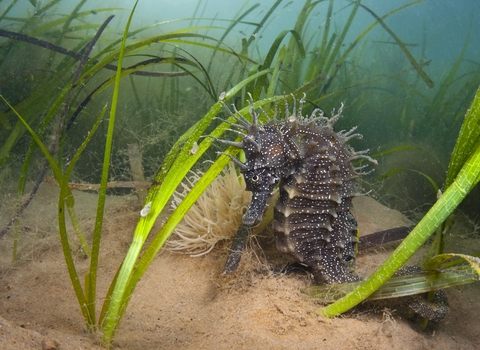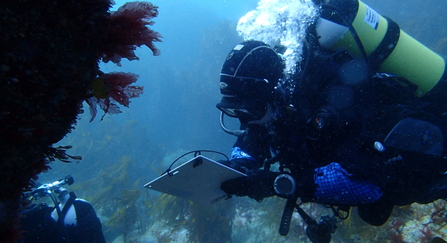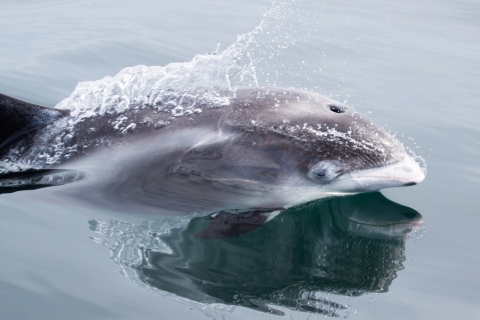White beaked dolphin - John Carnell
Marine Protected Areas
Protecting Devon's seas
Marine Conservation Zones (MCZs) are a type of protected area at sea where human activity is restricted to protect marine wildlife and habitats. But for our threatened marine wildlife to recover, a greater level of protection will be required. We need to see Highly Protected Marine Areas where damaging activity is banned. And you can help bring this vision closer.

Alexander Mustard/2020 Vision
Finally! Commitment to protect 30% of the world’s oceans!
After a marathon of negotiations, UN delegates agreed on a landmark treaty to protect a third of the worlds’ oceans by 2030. There are still a lot of details to iron out, but this is a crucial step in the right direction.
So how is the UK faring in comparison?
The health of UK seas is at rock bottom. The UK Government actions are not matching up to their promises. We've been campaigning for years for HPMAs (Highly Protected Marine Areas) which would safeguard our best habitats and put fish stocks into recovery. Of the 30 potential sites put forward, only three will be designated - with not a single one in the entire South West.
Highly Protected Marine Areas (HPMAs) would offer the strictest possible protections for the marine environment, giving nature the best chance of recovery. By removing all pressures (e.g fishing, sea angling, construction), our shallow seas, diverse seabeds and deep underwater canyons can become healthier, more productive and full of life once more.
In 2019 an independent panel was tasked by the Government to review how and whether HPMAs could be introduced to English waters. The panel's recommendations have now been published - and we're delighted that these are in line with what we asked for. The headlines in the report include:
- HPMAs should ban all destructive activities including fishing and only allow non-damaging levels of other activities e.g. swimming, kayaking, scuba diving.
- HPMAs should take a whole-site approach, protecting all species and habitats within their boundaries.
- HMPA sites should have sufficient geographic spread to cover nearshore, inshore and offshore waters and different regional seas.

Matt Slater Cornwall WT
Devon has 15 MCZs
A further nine sites off the coast of Devon were designated in 2019 as Marine Conservation Zones, to help our struggling marine wildlife. This brings the total for Devon to 15 MCZs.
This success is thanks to years of sustained lobbying of government and the support of hundreds of local campaigners and supporters who pledged their support for marine protected areas.
Thanks to public support and campaigns Devon has 15 Marine Conservation Zones. In addition to six estuary sites (on the rivers Tamar, Erme, Avon, Dart, Axe and Otter) these include North Devon sites Bideford to Foreland Point, Hartland Point to Tintagel, Morte Platform, Lundy and North West of Lundy. Sites off the South Devon coast are Torbay, East of Start Point and Skerries Bank & surrounds. The final site is off the north Cornwall and Devon coast, South West Approaches to the Bristol Channel.

White-beaked dolphin. Photo, Caroline Weir
